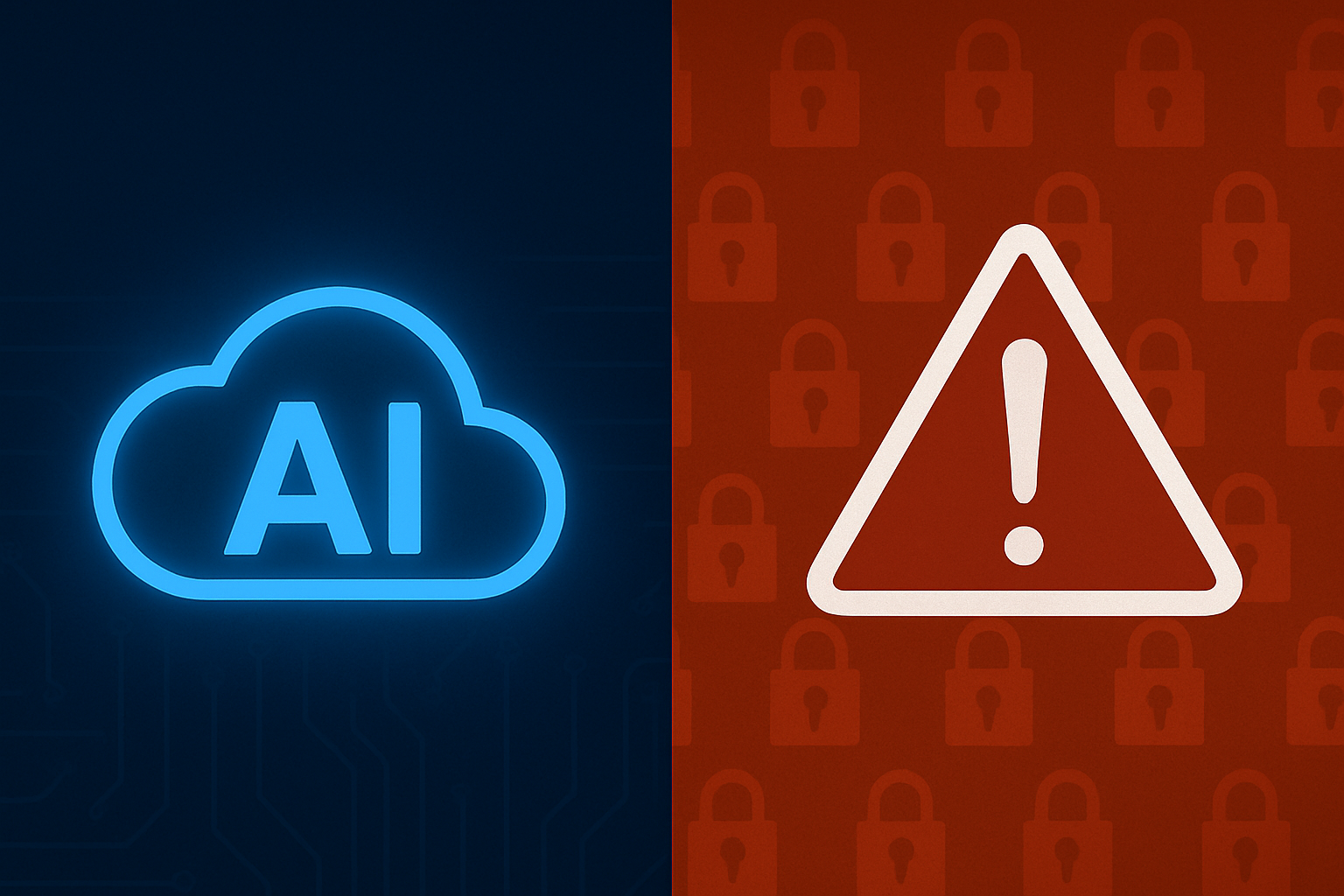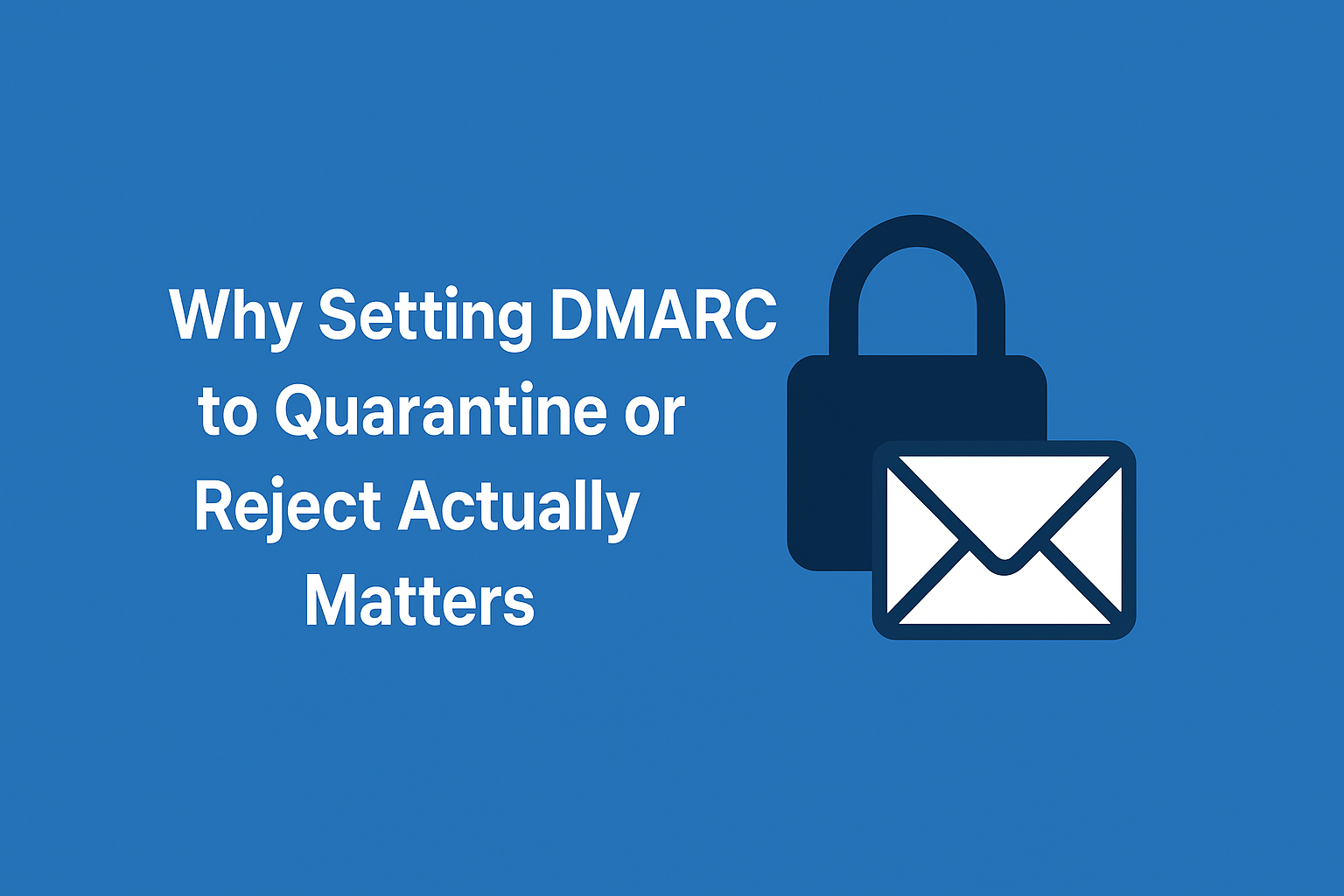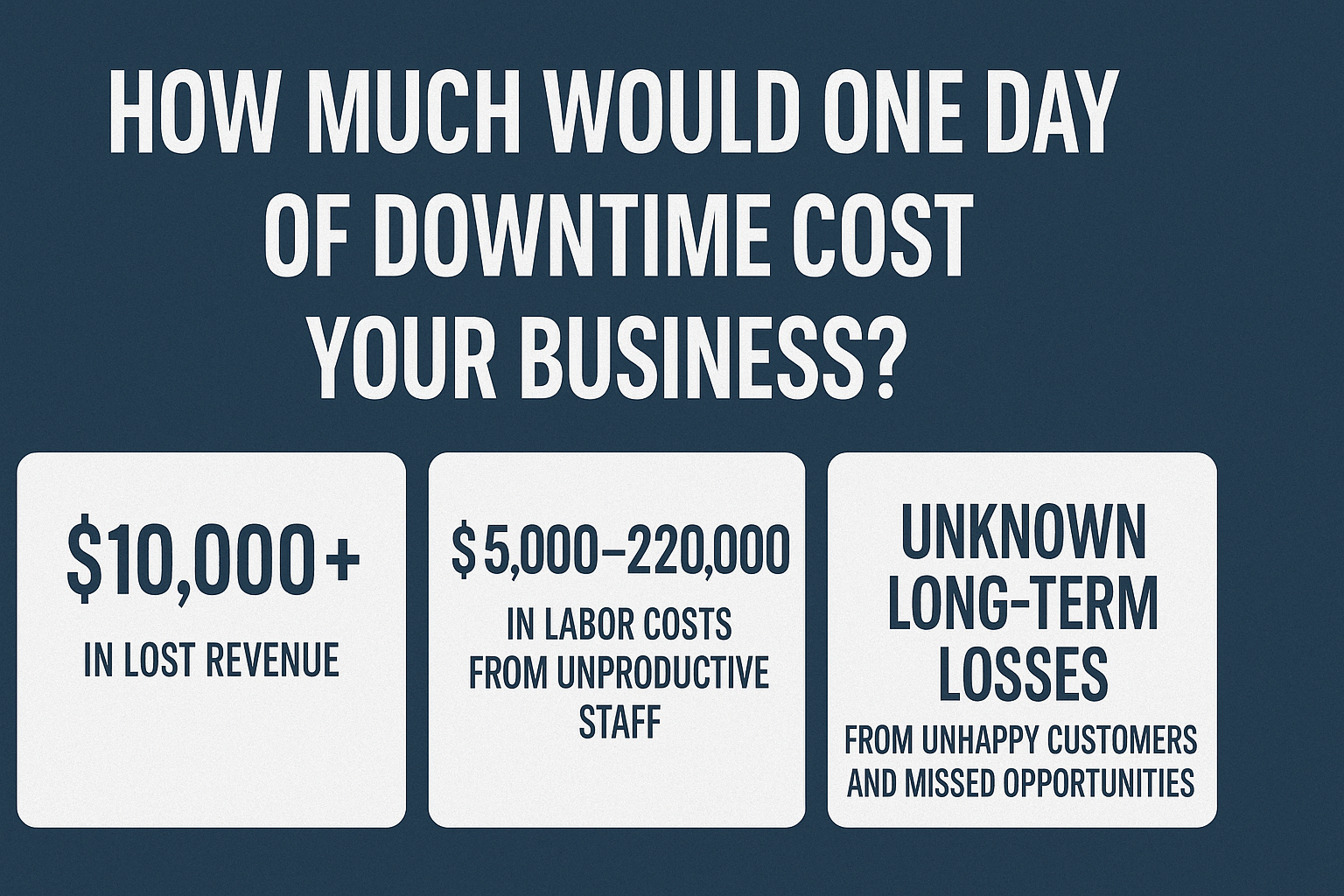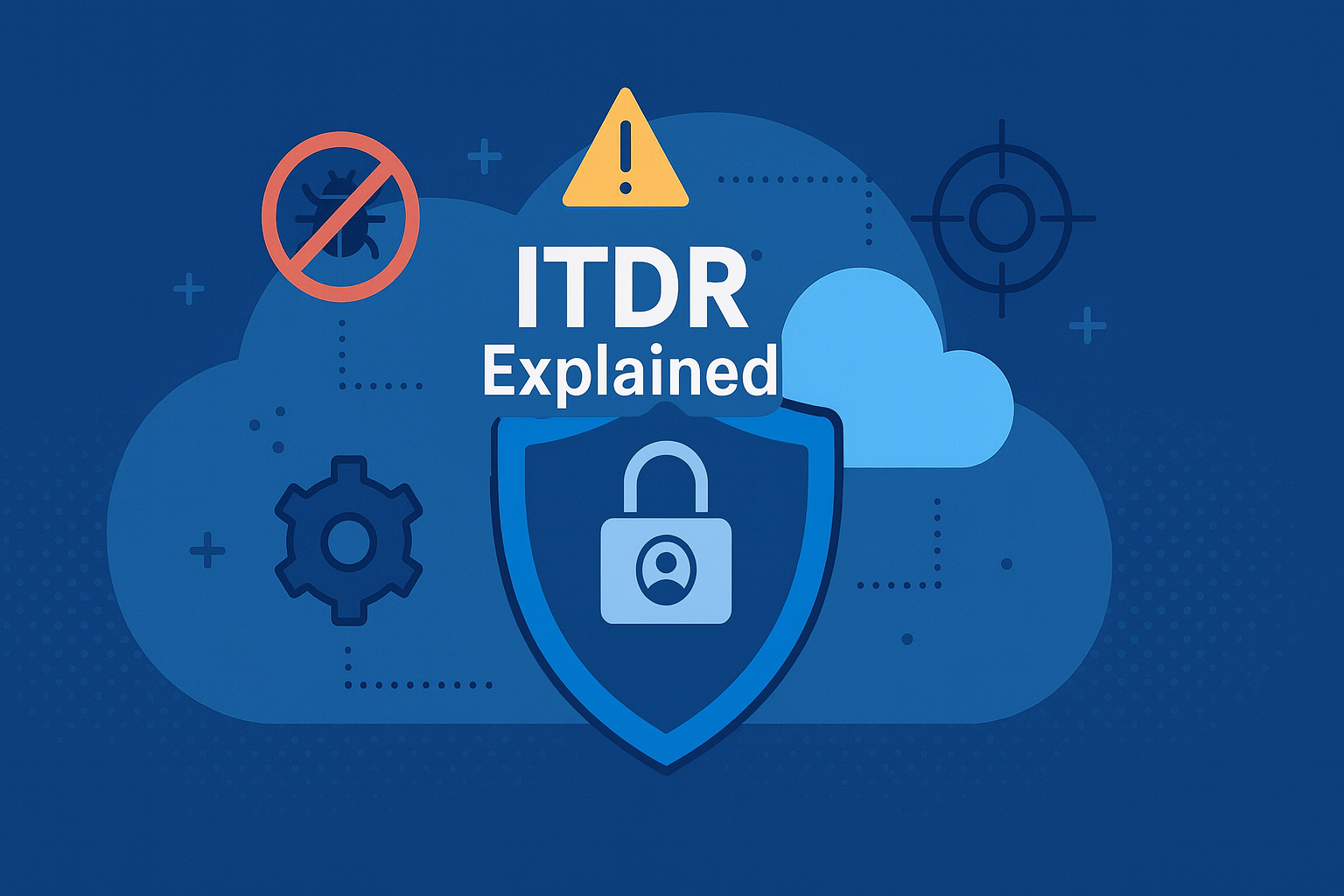When a Chatbot Cracked the Castle: Lessons from the Salesloft Drift Breach
The recent Drift by Salesloft breach is a reminder that even tools we think of as harmless, like chatbots or small integrations, can open the door for hackers. In this case, attackers got into Drift and used that connection to steal data from big companies through Salesforce. While the headlines are about large organizations, the real lesson is that every business is at risk if they don’t stay on top of third-party apps and connections. This is why regular security assessments and having a trusted cybersecurity partner are so important.
This post is a bit more technical and detailed than usual. I just wanted to make sure all the information was clear and available, so thanks for bearing with me.
1. The Anatomy of the Breach: How It Happened
- Origin in GitHub Access
Threat actors associated with the group tracked as UNC6395 gained access to Salesloft’s GitHub account between March and June 2025. This foothold allowed them to extract sensitive credentials including AWS keys, passwords, Snowflake tokens, and more
- Token Theft and Lateral Movement
Between approximately August 8 and August 18, 2025, attackers exploited the SalesDrift integration, which connects Drift’s AI chat features to Salesforce, to steal OAuth (Authentication) and refresh tokens. These tokens were then used to access customer Salesforce environments and exfiltrate data.
- Scope of Impact
Hundreds of organizations were affected, including cybersecurity giants such as Palo Alto Networks, Cloudflare, Zscaler, Proofpoint, CyberArk, Tenable, and Workiva. Notably, exfiltrated data typically included business contact names, support case metadata, job titles, and occasionally credentials like AWS keys and Snowflake tokens.
- Broader Credential Harvesting
Beyond Salesforce, the “Drift Email” integration may have compromised small numbers of Google Workspace accounts, though core Google systems remained untouched.
- Sophisticated Attack Tactics
The attackers displayed operational stealth, deleting query jobs to erase evidence and avoid triggering alerts.
2. Why Primarily Larger Enterprises Got Hit
- Heavy Reliance on SaaS Integrations
Organizations like Salesforce customers often rely on complex ecosystems of integrated tools, SalesDrift and Drift for CRM automation included. These dependencies expand attack surfaces.
- High-Value Targets
Big companies tend to store extensive customer data and internal sales intelligence, making them lucrative targets for supply chain attacks.
- Broad Token Privileges
OAuth tokens used in integrations can grant broad access. If not properly scoped or monitored, they act like skeleton keys, especially in environments with weak visibility.
3. A Wake-Up Call: Why Every Business Needs Third-Party Security Assessments
Even if you're not in enterprise-level security, the Drift incident spotlights universal threats:
- Hidden Vulnerabilities
A breach in a small third-party app, like a chatbot, can bypass traditional perimeter defenses, especially in SaaS-oriented workflows.
- Inadequate Monitoring and Logging
The breach revealed lagging detection systems and weak audit trails. Proactive logging and anomaly detection could have spotted unusual OAuth token behaviors sooner.
- Token Persistence and Privilege Creep
Stale or overly broad tokens, particularly in integrations with powerful tools like Salesforce, become a liability if not effectively revoked or rotated.
4. Why a Strong Cybersecurity Partner Matters
- A trusted cybersecurity partner can bring in forensic readiness, real-time monitoring, and incident response maturity to detect, contain, and mitigate breaches quickly.
- Third-Party Risk Management (TPRM) frameworks help organizations:
- Visualize interconnected integrations (not just direct but also fourth-party risk).
- Tag high-risk integrations and enforce strict privileges.
- Monitor OAuth/API activity patterns for anomalies.
- In the Salesloft case, external assistance from Mandiant and Google’s GTIG was critical to containment; without such partners, the breach could have wreaked even more havoc.
5. Key Takeaways and Actionable Advice
- Audit all third-party integrations - Detect unknown or outdated integrations that carry token privileges.
- Revoke and rotate credentials promptly - Blocks persistence if a channel is compromised.
- Enforce least privilege - Limit what each integration can access.
- Implement robust logging & monitoring - Detect stealthy behaviors like deleted query jobs.
- Engage in continuous TPRM - Visualize both direct and indirect risk across your tech stack.
- Partner with cybersecurity experts - Be ready for rapid response, forensic investigation, and containment.
Conclusion: A Silent Breach, A Loud Reminder
The Salesloft Drift breach underscores a harsh reality: even integrations perceived as innocuous, like AI chatbots, can become entry points for high-impact supply chain attacks. While major firms bore the brunt, the same vulnerabilities apply to organizations of every size.
Now is the time to deeply evaluate third-party risk and increase defenses via continuous assessment, strong oversight, and reliable cybersecurity collaboration.
We live In a world where trust is transacted through tokens, being vigilant is your best safeguard.






